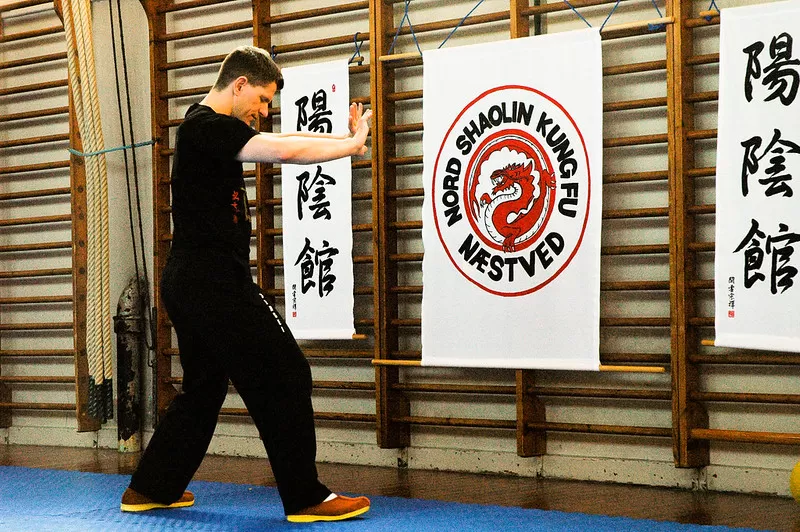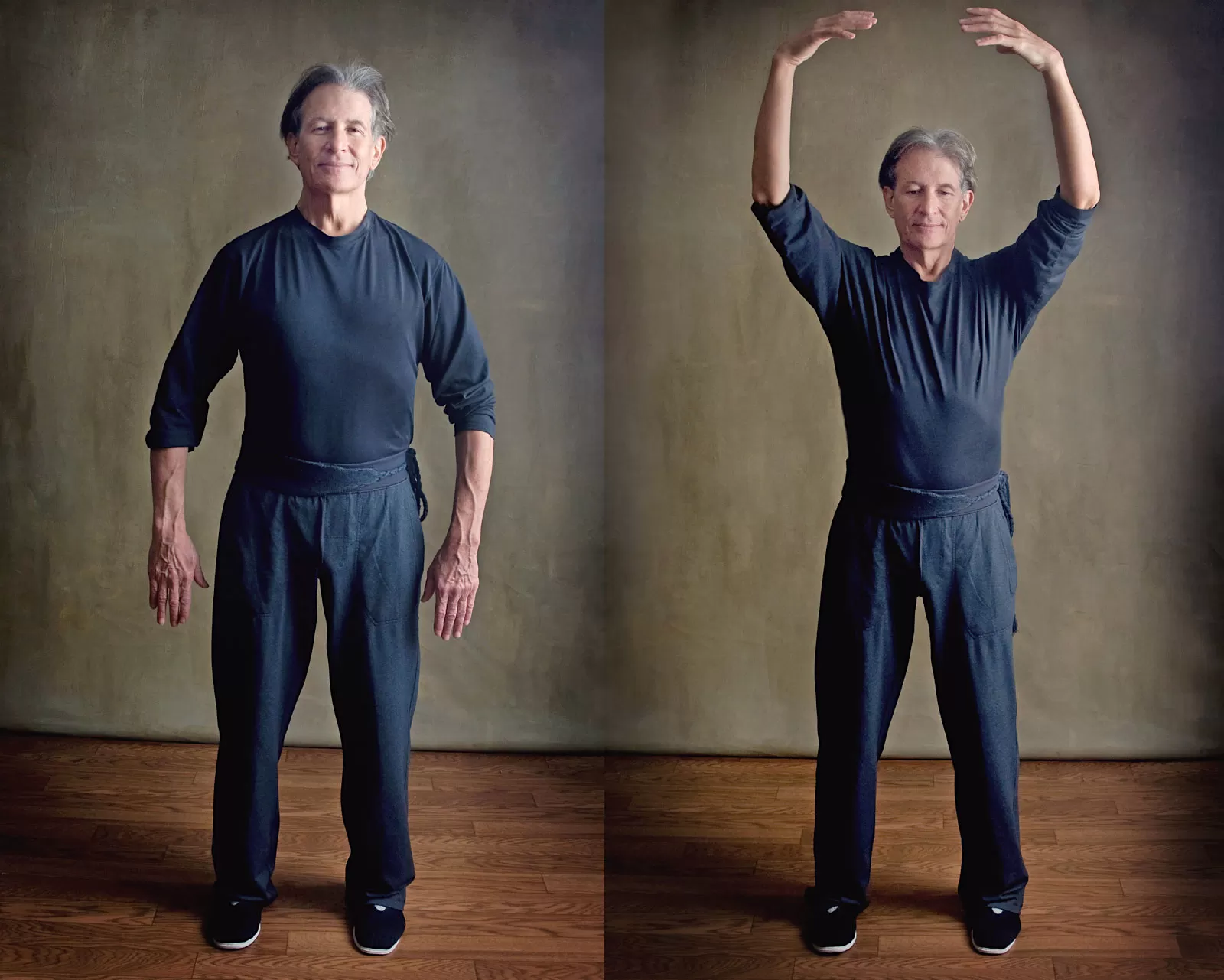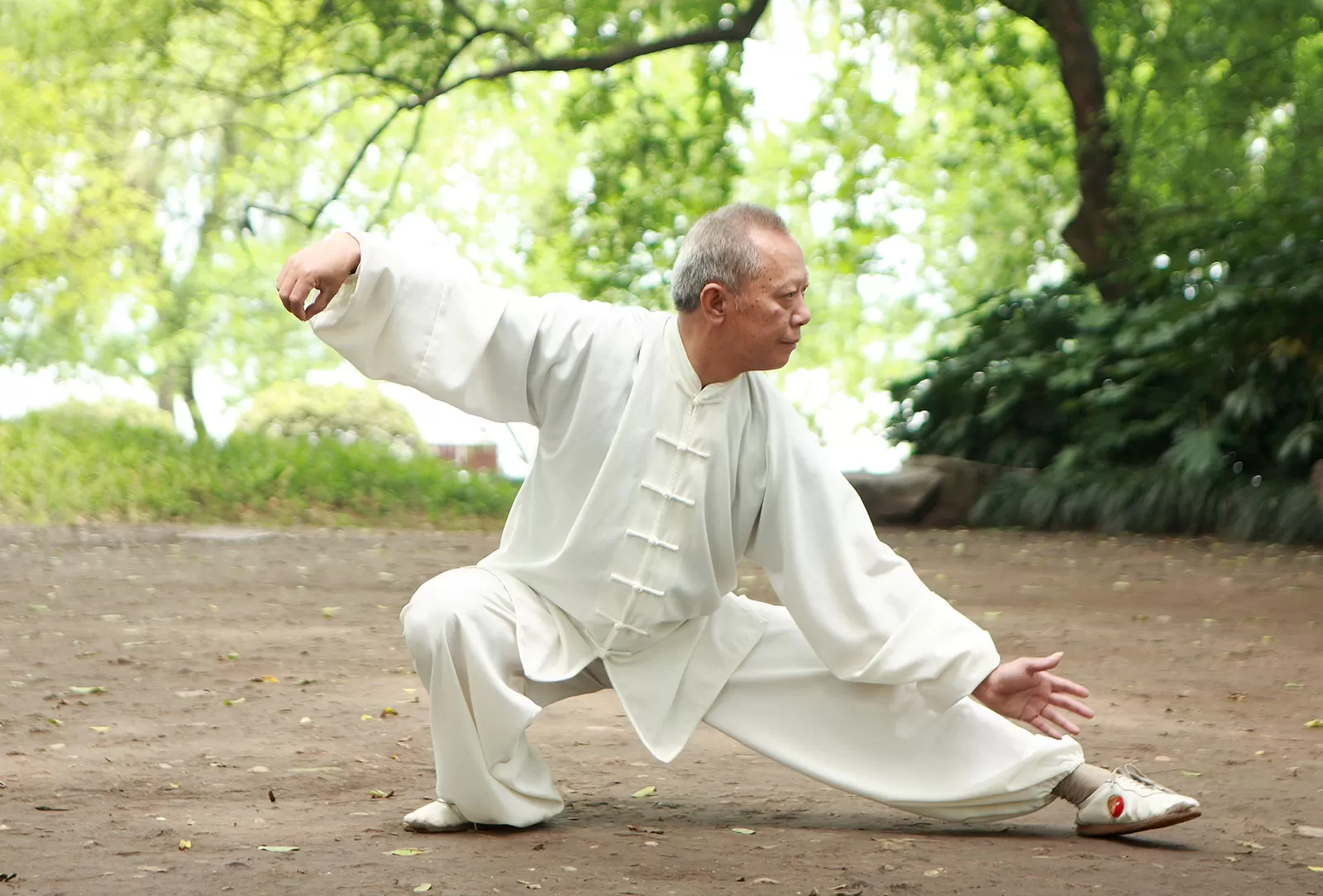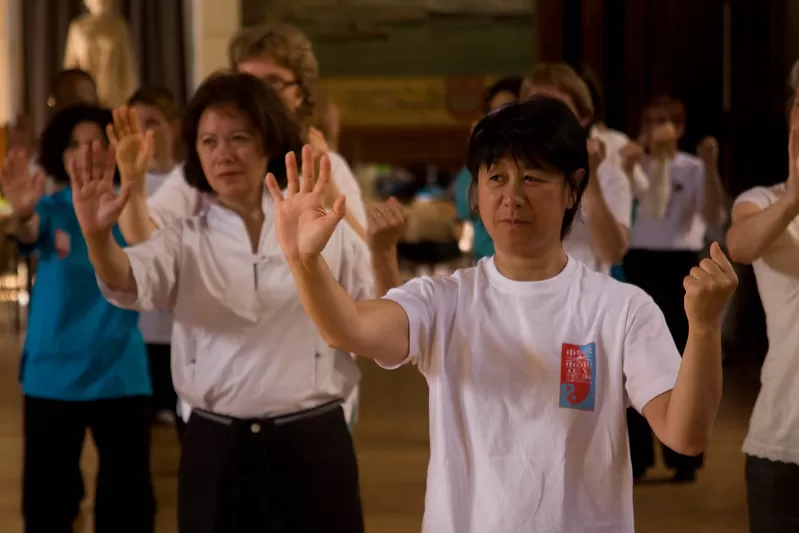Can qigong help with mental health in substance use disorders?
A 2020 review of 4 studies involving 593 individuals with substance use disorders found that qigong appeared to have a more positive effect on reducing anxiety than medication or no treatment. The review also found that qigong led to significant improvement in depressive symptoms when compared to no treatment. Because the studies were small and not of high quality, the authors indicated that more rigorous research is needed to provide reliable evidence.









